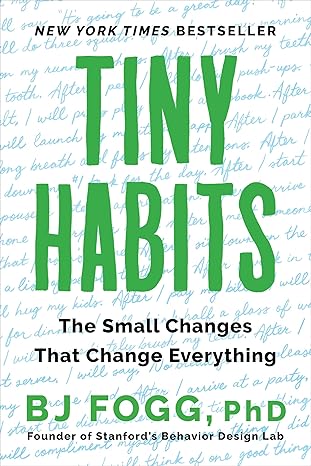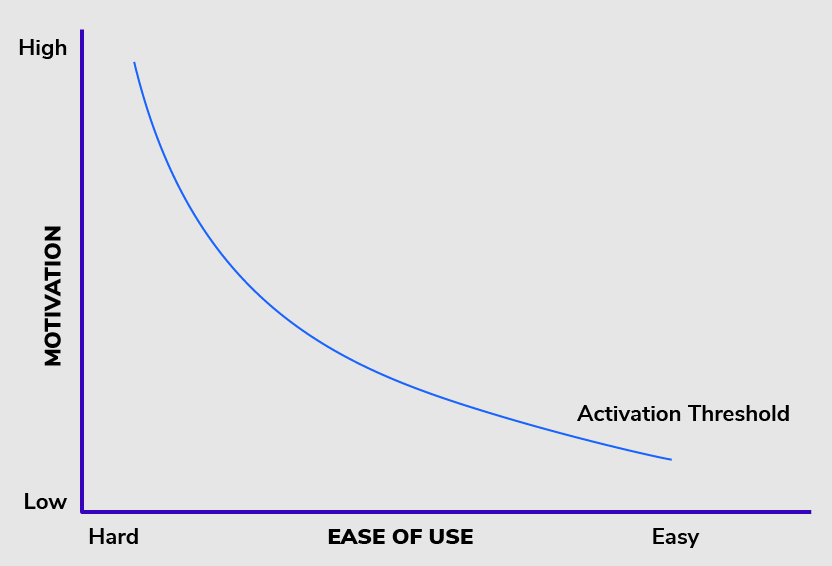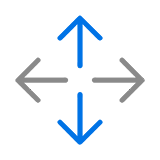What is the Fogg Behavior Model?
Fogg Behavior Model (FBM) is developed by Dr. BJ Fogg, a behavior scientist at Stanford University. The model emphasizes that three elements must converge at the same moment for a behavior to occur: Motivation, Ability, and Prompt (sometimes referred to as a trigger). This can be converted to this quotation:
B=MAP
behaviour (B) to occur: motivation (M), ability (A), and prompts (P).

Get this book on Amazon
Breakdown of the Fogg Behavior Model
Motivation
This refers to the internal drive or desire to act.
The three core motivators are:
- Pleasure/Pain: Seeking pleasure or avoiding pain.
- Hope/Fear: The anticipation of a positive outcome (hope) or the anticipation of a negative outcome (fear).
- Social Acceptance/Rejection: The desire to be accepted or the fear of being rejected by others.
Ability
Ability represents the ease with which the behavior can be performed.
Even with high motivation, if the behavior is too difficult, it won’t happen.
Factors affecting ability include:
- Time: Do you have the time to perform the behavior?
- Money: Do you have the financial resources?
- Physical Effort: Is the behavior physically demanding?
- Mental Effort: Does the behavior require significant cognitive load?
- Routine: Does the behavior fit into your current routine?
- Other Resources: Do you have the necessary tools or resources?
Prompt
A prompt is a trigger that reminds or cues you to perform the behavior.
Even if motivation and ability are present, without a prompt, the behavior won’t occur.
Prompts can be:
- External Prompts: Notifications, alarms, reminders, etc.
- Internal Prompts: Thoughts or feelings that remind you to act.
- Social Prompts: Other people encouraging or reminding you.
Visualizing the Fogg Behavior Model

The FBM can be visualized on a graph with Motivation on the vertical axis and Ability on the horizontal axis.
A behavior is more likely to occur when both Motivation and Ability are high, and a Prompt is present.
The model also introduces the concept of the “Action Line,” which shows the threshold above which a behavior will happen when prompted.
Why the Fogg Behavior Model Works
Simplicity Always Works
The model is easy to understand and implement. It is designed to be simple and practical, avoiding the complexity of some psychological theories that require deep expertise to apply effectively.
- The traditional Method to improve: Set big goals, and do the hardest things.
- Fogg way to improve: Set small goals, do the easiest things.
Focus on Triggers
By emphasizing the importance of prompts (triggers), the model highlights a crucial element often overlooked in other models. It acknowledges that even when motivation and ability are high, a behavior won’t occur without an effective trigger.
Immediate Feedback and Adjustment
The model structure facilitates quick feedback and adjustment. If a behavior isn’t occurring, it’s easier to identify which element (motivation, ability, or prompt) needs to be adjusted, making it highly responsive.
Highly Actionable
It provides clear guidelines for designing interventions, products, and environments that facilitate desired behaviors by adjusting motivation, ability, or prompts.
Unlock all frameworks and templates
Unlock exclusive thinking frameworks and practice templates.
Become a member to access all premium content to elevate your thinking!
Conclusion
The Fogg Behavior Model highlights that successful behavior change requires sufficient motivation, enough ability to perform the behavior, and an effective prompt at the right time.
Its practical and dynamic approach sets it apart from other models, making it a powerful tool for designing behavior change strategies.

